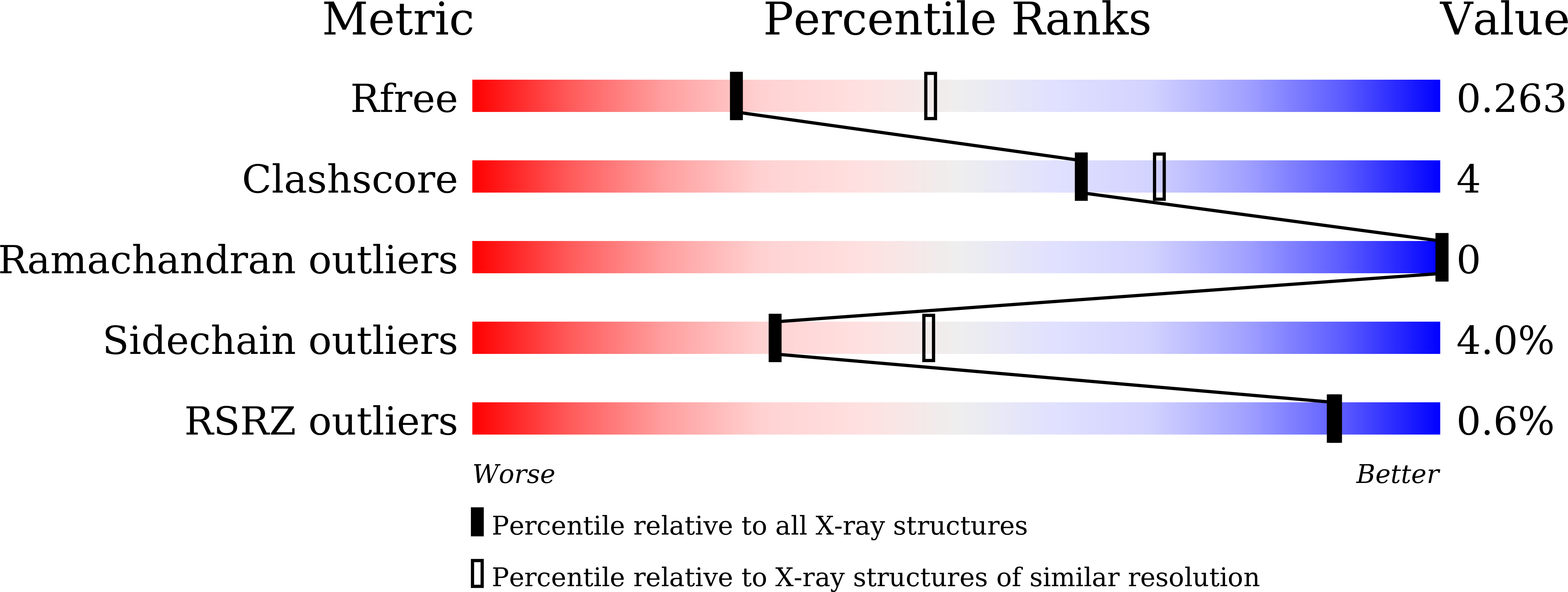Abstact
BACKGROUND
Carbonic anhydrases (CAs) are universal metalloenzymes that catalyze the reversible conversion of carbon dioxide (CO2) and bicarbonate (HCO3-). They are involved in various biological processes, including pH control, respiration, and photosynthesis. To date, eight evolutionarily unrelated classes of CA families (α, β, γ, δ, ζ, η, θ, and ι) have been identified. All are characterized by an active site accommodating the binding of a metal cofactor, which is assumed to play a central role in catalysis. This feature is thought to be the result of convergent evolution.
RESULTS
Here, we report that a previously uncharacterized protein group, named "COG4337," constitutes metal-independent CAs from the newly discovered ι-class. Genes coding for COG4337 proteins are found in various bacteria and photosynthetic eukaryotic algae. Biochemical assays demonstrated that recombinant COG4337 proteins from a cyanobacterium (Anabaena sp. PCC7120) and a chlorarachniophyte alga (Bigelowiella natans) accelerated CO2 hydration. Unexpectedly, these proteins exhibited their activity under metal-free conditions. Based on X-ray crystallography and point mutation analysis, we identified a metal-free active site within the cone-shaped α+β barrel structure. Furthermore, subcellular localization experiments revealed that COG4337 proteins are targeted into plastids and mitochondria of B. natans, implicating their involvement in CO2 metabolism in these organelles.
CONCLUSIONS
COG4337 proteins shared a short sequence motif and overall structure with ι-class CAs, whereas they were characterized by metal independence, unlike any known CAs. Therefore, COG4337 proteins could be treated as a variant type of ι-class CAs. Our findings suggested that this novel type of ι-CAs can function even in metal-poor environments (e.g., the open ocean) without competition with other metalloproteins for trace metals. Considering the widespread prevalence of ι-CAs across microalgae, this class of CAs may play a role in the global carbon cycle.



